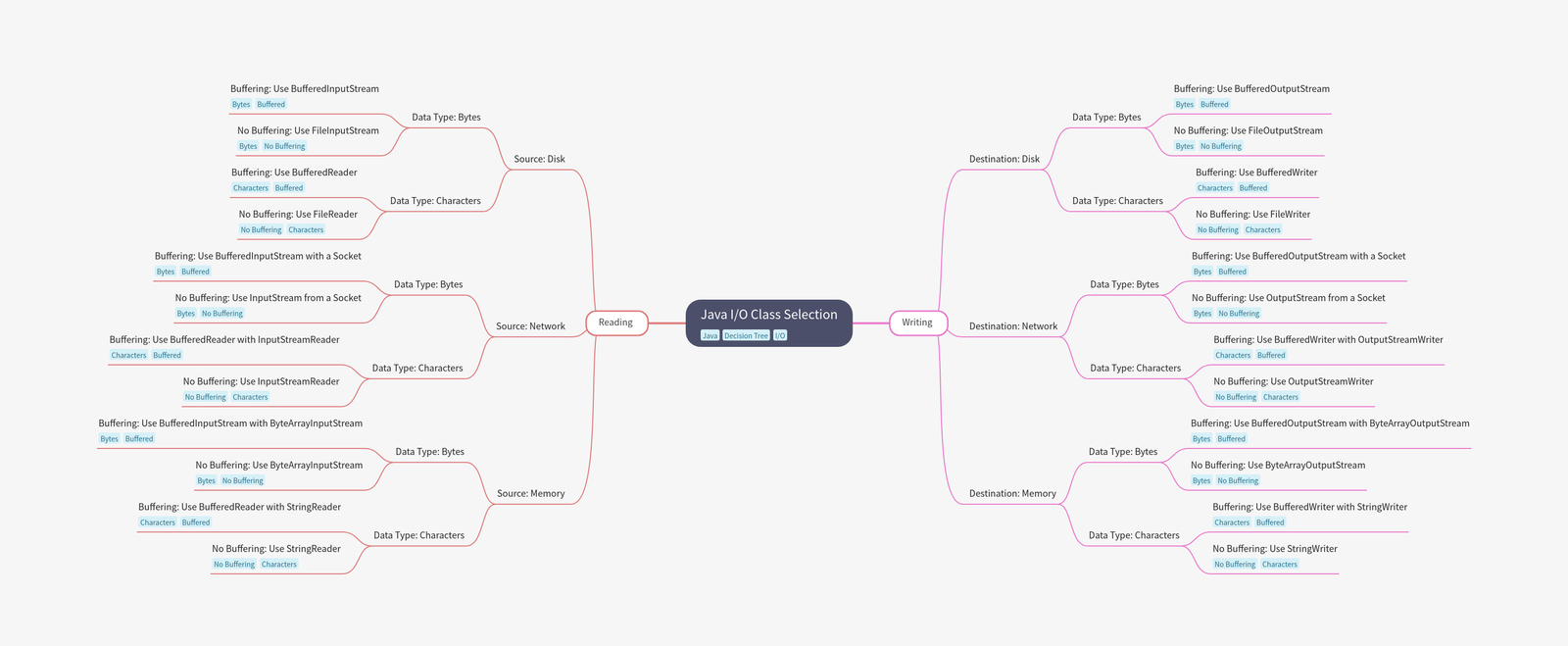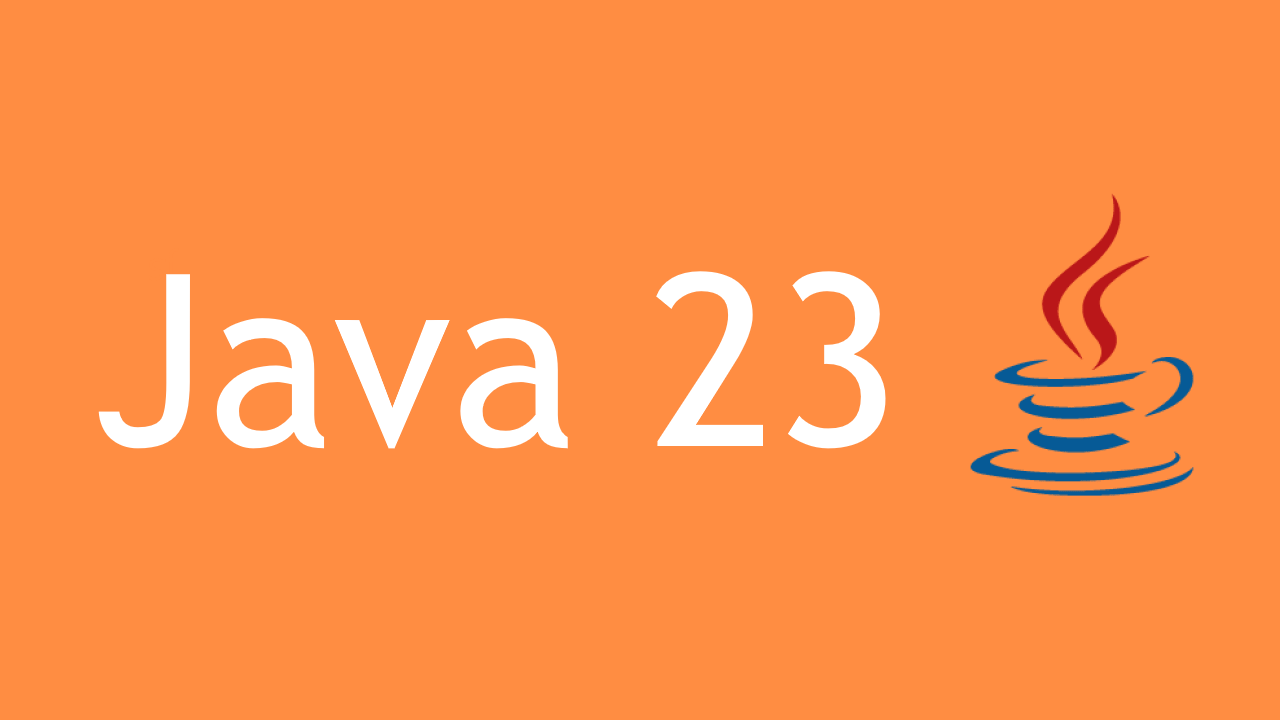A Journey of Agility and Adaptation
Introduction
Imagine writing code to handle dates and times, expecting it to be straightforward, only to run into a maze of unexpected bugs and complexities. If you’ve ever worked with Java’s early date and time classes, this might sound familiar. But Java, true to its nature, adapted and evolved to meet developers’ needs. In this article, we’ll explore how Java’s approach to date and time has changed over the years — starting from its first design, moving to a more robust solution, and finally addressing the ongoing challenges of time zones and daylight saving time.
— -
The First Design: Java’s Early Date and Time Handling
When Java was first released in the mid-90s, it came with the `java.util.Date` class. The goal was to provide a simple and universal way to handle date and time. Here’s a basic example:
Date currentDate = new Date();
System.out.println(currentDate);
Fri Aug 16 14:30:00 GMT 2024
At first glance, this seems fine — just a few lines of code to get the current date and time. But the simplicity was deceiving. As developers started using `Date` more extensively, they encountered several issues:
- Mutability
The Dateobject could be modified after it was created, leading to unpredictable behavior :
// Create a Date object representing the current date and time
Date originalDate = new Date();
System.out.println(“Original date: “ + originalDate);
// Modify the date object by setting it to a new time
originalDate.setTime(originalDate.getTime() + 3600000);
// Add one hour (3600000 milliseconds)
System.out.println(“Modified date: “ + originalDate);
Because the Date class is mutable, this modification directly affects the original Date object. If this object were being shared across different parts of a program, the change would be visible to all references to that object, potentially leading to unintended behavior.
- Ambiguity
Date handled both date and time, but not in a clear or consistent way. You might end up with unexpected time values when you only wanted the date.
- Poor API Design:
The methods in Date were confusing and inconsistent. For example, `getMonth()` returned 0 for January, 1 for February, and so on, which wasn’t intuitive.
Here’s a glimpse of how awkward this API could be:
Date date = new Date(2024, 7, 16); // August 16, 2024
int year = date.getYear();
// This returns 2024–1900, so you have to add 1900 back
And the result surprisingly is
Year: 124
These problems became more pronounced as Java applications grew in complexity, leading to widespread frustration among developers.
— -
The Pitfalls:
Challenges with java.util.Date and java.util.Calendar
To address some of these issues, Java introduced the java.util.Calendar class, which offered more functionality and flexibility:
Calendar calendar = Calendar.getInstance();
calendar.set(2024, Calendar.AUGUST, 16);
Date date = calendar.getTime();
System.out.println(date);
Wil give:
Fri Aug 16 00:00:00 GMT 2024
While Calendar offered some improvements, it didn’t solve all the problems. The API was still cumbersome and error-prone, and managing time zones or calculating date differences was far from intuitive.
Here’s an example of how `Calendar` could complicate a seemingly simple task:
Calendar calendar = Calendar.getInstance();
calendar.add(Calendar.DAY_OF_MONTH, 30);
Date newDate = calendar.getTime();
System.out.println(newDate);
Which gives :
Sun Sep 15 14:30:00 GMT 2024
The mutability, confusing API design, and lack of thread safety continued to plague developers, leaving much to be desired.
— -
The Second Generation:
Introduction of java.time API
Recognizing the need for a better solution, Java introduced the java.time package in Java 8. This modern API, inspired by the Joda-Time library, was designed to make date and time handling more intuitive, clear, and reliable. Here’s the class diagram for this rich API:

Here’s how you can use some of the key components:
- LocalDate, LocalTime, and LocalDateTime:
These classes separate date and time, making the API clearer and more predictable. They are immutable and thread-safe, reducing the chances of bugs.
LocalDate date = LocalDate.of(2024, Month.AUGUST, 16);
LocalTime time = LocalTime.of(14, 30);
LocalDateTime dateTime = LocalDateTime.of(date, time);
System.out.println(“Date: “ + date);
System.out.println(“Time: “ + time);
System.out.println(“DateTime: “ + dateTime);
Now it’s clearer and simpler
Date: 2024–08–16
Time: 14:30
DateTime: 2024–08–16T14:30
2. ZonedDateTime and OffsetDateTime:
These classes handle time zones and offsets, which are crucial for global applications.
ZonedDateTime zonedDateTime = ZonedDateTime.now(ZoneId.of(“America/New_York”));
System.out.println(“Current time in New York: “ + zonedDateTime);
OffsetDateTime offsetDateTime = OffsetDateTime.now();
System.out.println(“Current OffsetDateTime: “ + offsetDateTime);
in this example the output will be:
Current time in New York: 2024–08–16T14:30–04:00[America/New_York]
Current OffsetDateTime: 2024–08–16T14:30–04:00
3. Period and Duration:
Period and Duration help with calculating differences between dates and times, to see with an example:
LocalDate startDate = LocalDate.of(2022, Month.APRIL, 10);
LocalDate endDate = LocalDate.now();
Period period = Period.between(startDate, endDate);
System.out.println(“Period between dates: “ + period.getYears() + “ years, “ + period.getMonths() + “ months, “ + period.getDays() + “ days”);
Duration duration = Duration.ofHours(5).plusMinutes(30);
System.out.println(“Duration: “ + duration.toHours() + “ hours, “ + duration.toMinutesPart() + “ minutes”);
Period between dates: 2 years, 4 months, 6 days
Duration: 5 hours, 30 minutes
4. Instant:
For precise timestamping, Instant represents a moment on the timeline in UTC.
Instant now = Instant.now();
System.out.println(“Current Instant: “ + now)
Will give this result
Current Instant: 2024–08–16T14:30:00Z
— -
Java’s Agility: Adapting to Evolving Requirements
Java’s evolution from `Date` and `Calendar` to the `java.time` package exemplifies its agility as a language. By adapting to the needs of its developers and the growing complexity of applications, Java has demonstrated its ability to evolve while maintaining robustness and reliability.
This journey also highlights Java’s commitment to continuous improvement, making it a strong choice for developers who need a reliable and flexible tool for date and time management.

— -
Java date and time journey reflects its agility and responsiveness to developer needs. By evolving from the simple but flawed `Date` and `Calendar` classes to the sophisticated `java.time` package, Java has not only solved significant issues but also set a standard for how programming languages should handle such fundamental yet complex concepts.
As you navigate the challenges of date and time handling in your projects, remember that Java has adapted to make your life easier. By leveraging the power of the java date time API, you can write cleaner, more maintainable code that stands the test of time.






Leave a Reply